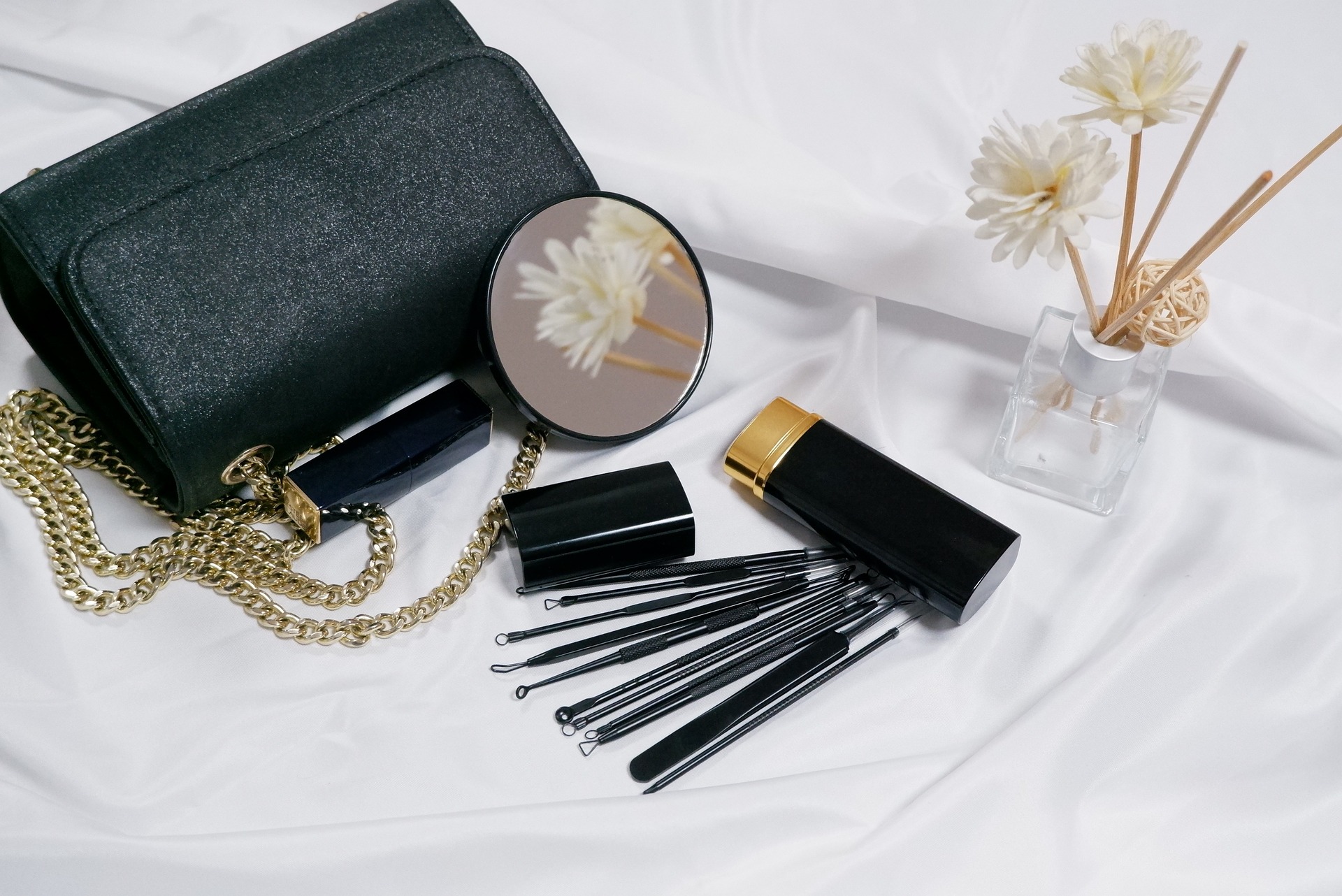The Lipstick Effect: Economics and Self-Expression
Lipstick has long been a symbol of beauty and self-expression, but it also serves as a fascinating economic indicator. The "Lipstick Effect" is a phenomenon where consumers tend to purchase small, affordable luxuries during economic downturns. This concept, first noticed during the Great Depression, has since become a topic of interest for economists, marketers, and beauty industry analysts alike. The lipstick effect highlights the complex relationship between consumer behavior, psychological well-being, and economic conditions. It demonstrates how even in times of financial stress, people seek ways to boost their mood and maintain a sense of normalcy through small indulgences. This article explores the origins, implications, and evolving nature of the lipstick effect in our modern world.
This pattern has been observed in subsequent economic downturns. During the 2001 recession, lipstick sales in the United States increased by 11%. Similarly, in the 2008 financial crisis, lipstick sales saw a significant boost while other sectors of the economy struggled. These observations solidified the lipstick effect as a recognized economic concept.
Psychological Underpinnings
The lipstick effect is rooted in several psychological factors. Firstly, it relates to the concept of “mood repair” - the idea that individuals engage in behaviors to improve their emotional state during stressful times. Purchasing a small luxury item like lipstick can provide a momentary boost of happiness and a sense of control in an otherwise uncertain environment.
Additionally, the effect ties into the theory of “conspicuous consumption,” introduced by economist Thorstein Veblen. Even in tough economic times, people may feel the need to maintain appearances and social status. Lipstick, being visible and relatively affordable, allows individuals to project an image of well-being and put their best face forward in professional and social settings.
Beyond Lipstick: The Expanding Definition
While lipstick remains the namesake of this economic phenomenon, the concept has expanded to include a broader range of affordable luxuries. In recent years, analysts have observed similar patterns with items such as nail polish, fragrances, and even small tech gadgets. This expansion reflects changing consumer preferences and the evolving nature of what constitutes an “affordable luxury” in different cultural contexts.
For instance, during the COVID-19 pandemic, with mask-wearing becoming prevalent, there was a shift from lipstick to eye makeup products. This adaptation demonstrates the flexibility of the lipstick effect and its ability to encompass various products that serve similar psychological functions.
Gender Dynamics and Cultural Variations
Traditionally, the lipstick effect has been associated with female consumers. However, as gender norms evolve and the beauty industry becomes more inclusive, the phenomenon is being observed across genders. Men’s grooming products, for example, have seen increased sales during economic downturns, suggesting a broader application of the concept.
Cultural variations also play a significant role in how the lipstick effect manifests globally. In some Asian markets, for instance, skincare products tend to see a boost during economic slumps, reflecting different beauty priorities and cultural norms. These variations highlight the importance of considering cultural context when analyzing consumer behavior and economic trends.
Criticisms and Alternative Explanations
While the lipstick effect has gained widespread recognition, it is not without its critics. Some economists argue that the correlation between lipstick sales and economic downturns is not as strong or consistent as proponents claim. They suggest that other factors, such as changing fashion trends or marketing strategies, may play a more significant role in fluctuating sales.
Alternative explanations have also been proposed. For example, some researchers suggest that increased lipstick sales during recessions may be due to more women entering the workforce and needing to maintain a professional appearance. Others argue that the effect might be a self-fulfilling prophecy, with media coverage of the phenomenon influencing consumer behavior.
Implications for the Beauty Industry and Beyond
Understanding the lipstick effect has significant implications for the beauty industry and retailers. During economic downturns, companies may choose to focus on marketing affordable luxury items or introducing lower-priced versions of their products to capitalize on this consumer behavior. This strategy can help businesses maintain sales and customer loyalty during challenging economic times.
The lipstick effect also offers insights into broader economic and social trends. It highlights the resilience of consumer spending on personal care and the psychological importance of small indulgences. This understanding can inform policy decisions, marketing strategies, and product development across various industries.
The Future of the Lipstick Effect
As consumer behavior continues to evolve, so too will the manifestation of the lipstick effect. The rise of e-commerce, social media influence, and changing attitudes towards beauty and self-care are likely to shape how this phenomenon plays out in future economic cycles.
Moreover, increasing awareness of sustainability and ethical consumption may impact the types of products that benefit from this effect. Consumers might turn to eco-friendly or socially responsible alternatives as their affordable luxuries, combining the desire for self-indulgence with broader social concerns.
In conclusion, the lipstick effect remains a fascinating intersection of economics, psychology, and consumer behavior. While its specifics may change over time, the underlying human desire for small comforts and self-expression during challenging times is likely to persist. As we navigate future economic uncertainties, the lipstick effect will continue to provide valuable insights into consumer resilience and the enduring power of beauty as a form of personal uplift.






